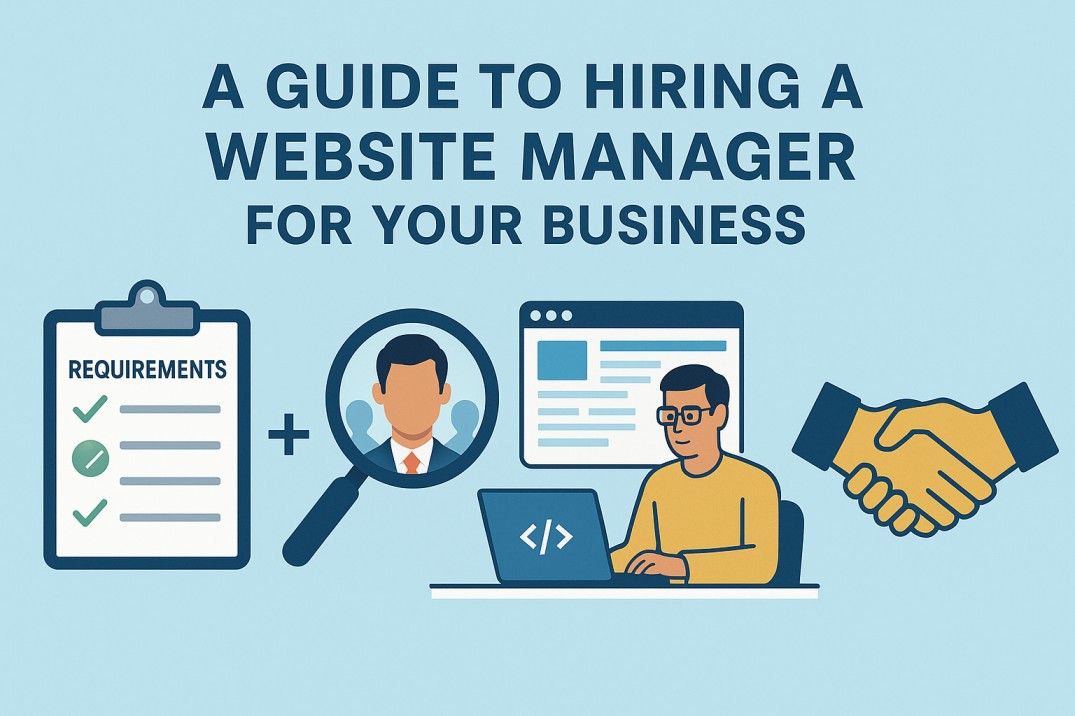An organization’s corporate culture is vitally important for the overall health and success of the company, its employees, and its customers.
But what does corporate or company culture mean, and why is it so important?
Company culture is an organization’s work environment, ethics, behaviors, vision, and values. It’s what makes your company unique and impacts everything from employee engagement and retention to public image. New candidates may pay special attention to the salary and benefits offered, but they will often inquire about the company’s culture, too.
A strong company culture that accurately reflects your organization sets the tone and expectations for the work environment. It is also a key factor in how employees feel about working for the company. Organizations with a healthy company culture have highly engaged productive staff and good workplace morale.
So steps can you take to create a healthy company culture, satisfied clients, and a happy workforce?
Here are seven tips of what you can include in your company culture to ensure that your business is on the path to success.
1. Make the professional development of your staff an integral part of your company culture.
Before we go any further, let’s look at what professional development means and what its benefits for employers and employees include.
Professional development refers to all education, training, and certification employees require to succeed in their careers. Even though most workers have the required skills upon joining a company, they may need additional skills in the future – especially in the ever-changing workplace we are all experiencing at the moment.
A great benefit to employers when a focus is placed on staff professional development is higher employee retention rates. Many employees will stay at a company longer if offered professional development opportunities.
Benefits for employees include feeling more confident knowing they have the necessary skills for the job. They become more efficient, and doors are opened for new opportunities and promotions in the company.
2. Create a job mobility program.
Job mobility refers to the movement of employees across positions in the company. In other words, it means career advancements, promotions, or a change in a job role that benefits the employee’s career development.
One of the most important benefits of job mobility for employers is retaining their staff. One of the top reasons people quit a job is lack of career advancement opportunities. In order to retain your top talent, offering job mobility is an excellent solution.
Other benefits of internal job mobility for the company are:
– Reduced costs for onboarding new employees outside the organization, including recruiting fees
– Tribal knowledge (unwritten information not widely known by other employees within a company) isn’t lost when an employee leaves
– The organization benefits from a flexible team.
– A strong talent pool for future leaders is built.
Make sure you retain and motivate your top talent and promote them within your organization. If staff members can take on more work and lead and supervise projects, let them do it!
Bottom line – If you don’t help your employees advance, they will advance with another employer.
3. Include soft- and hard skills in your company culture.
Hard skills are measurable and teachable abilities, such as writing, reading, and using computer programs. In contrast, soft skills are traits like etiquette, communication, and interpersonal skills.
While hard skills are necessary to successfully perform a job’s technical aspects, soft skills are required to create a positive and productive workplace. This is why employers often seek individuals who possess proven soft and hard skills. Soft skills are also becoming increasingly important as companies are looking to add additional value to their business.
Don’t reserve soft skill training only for employees in managerial positions or on an upward career path. All employees should receive soft skill training to ensure a healthy company culture and a productive company. A vast selection of soft skill training readily available for your employees is available here.
4. Effective internal communication is key.
A vital characteristic of healthy company culture is effective communication. It helps foster positive relationships with people both in and outside the organization and keeps internal processes running smoothly.
Ineffective communication channels often cause avoidable conflict in a company. Often employees that perform routine tasks at a company are better equipped to understand the workplace than management gives them credit for. It is better to give your employees involved in difficult situations the tools needed to resolve their conflicts. If you share your successes with your employees and use them to help address issues, you can be sure of a solid and healthy company culture.
5. Reward and recognize employee accomplishments.
Not all companies have a culture of expressing appreciation toward their employees. Recognition by their company makes employees feel valued and that their contributions to the company’s success and their team are noticed and appreciated.
Recognition provides a sense of security among employees in their value to the company, motivating them to continue doing great work!
Incorporate an “Employee of the month” program, and acknowledge birthdays and key achievements in your internal newsletters. A “reward and recognition” company culture has proven to motivate employees and increase customer satisfaction.
6. Adoption starts at the leadership level.
Leaders have a significant impact on a company’s culture. They set the tone for organizational culture and should strive to create an environment where employees can thrive.
A high-level leader cares about bringing out the best in their employees through listening, coaching, and mentoring. Today’s leaders have success in their workplaces by taking a “mentor and coach” approach instead of following the old school micro-management and gate-keeping approach. A big focus of every leadership strategy should be inspiring others.
Leaders can inspire their teams by being role models, empowering their employees, and recognizing a job well done.
7. Never stop emphasizing the importance of professional development.
Here are a few steps you can take to encourage your employees to seek opportunities for further development:
– Identify the skills needed to succeed in a specific job and help your employees identify the skills they lack.
– Foster an environment of constant learning.
– Deploy a robust training program that enables training to be taken and measured by all levels in the company
– Show an interest in what employees have learned from courses and seminars and determine if they found the content helpful.
Conclusion
Your employees are the heart of your business, and each one represents an investment of time and money. It is often the people who give a company an advantage over the competition. Successful organizations will take the necessary steps to develop and train their workforce, ensuring happy, creative, and loyal employees and, in turn, satisfied customers.
Coggno has a wide range of online professional development training courses.
You can have a look at our free courses here and our course catalog here.



















